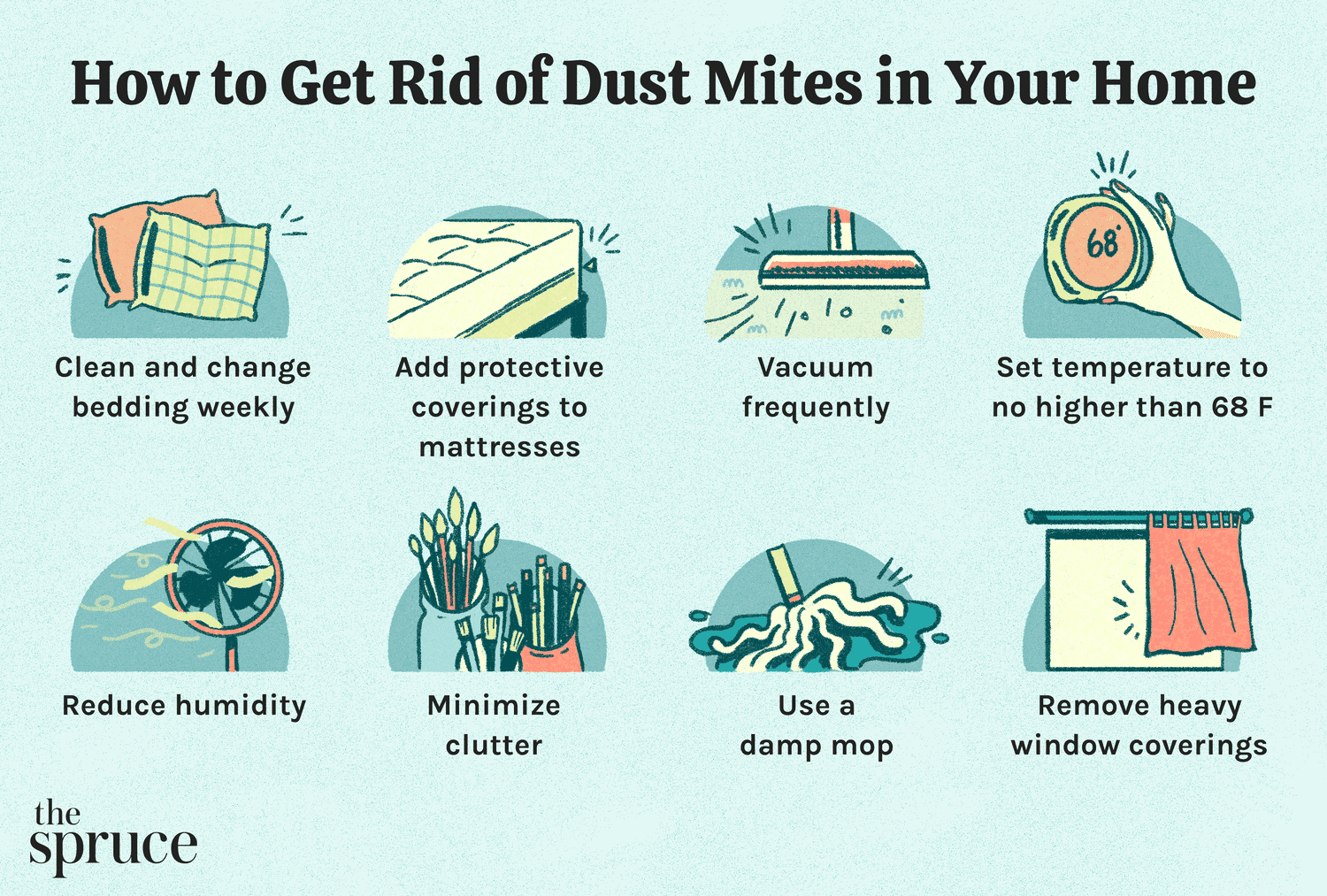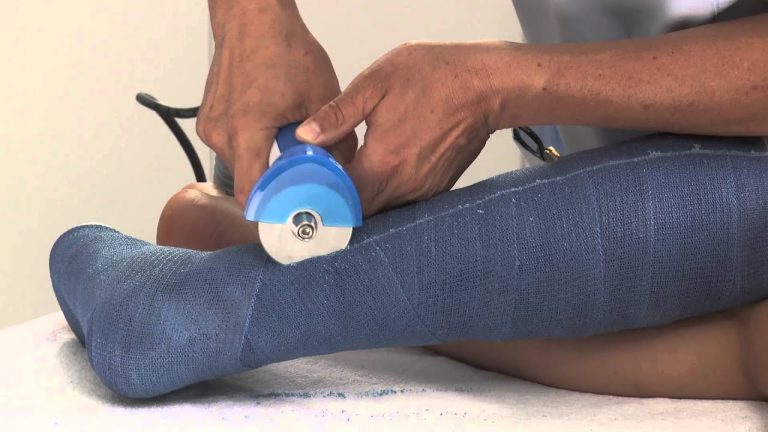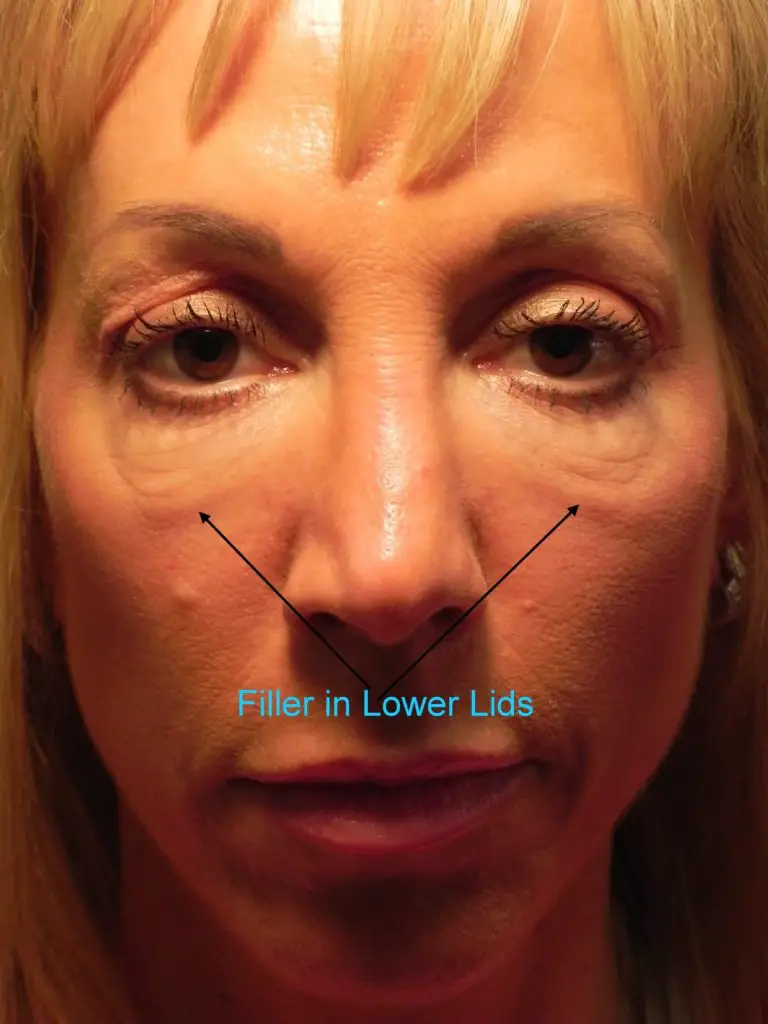What kills dust mites in beds?
Dust mites are one of the leading causes of allergies and asthma in many households. Dust mites thrive in warm and humid environments, such as beds. To eradicate dust mites from your bedding, it is important to use methods that specifically target them. There are several ways to kill dust mites in beds, such as vacuuming, washing bedding in hot water, using special dust mite covers, and using chemical treatments. Vacuuming is an effective method for removing dust mites from bedding. Washing bedding in hot water (at least 130°F) can also help to kill dust mites. Special dust mite covers can be placed over mattresses and pillows to prevent dust mites from living in the bedding. Chemical treatments, such as boric acid and permethrin, can also be used to kill dust mites, but should only be used as a last resort.
What are Dust Mites?
Dust mites are microscopic arachnids that feed on the dead skin cells shed by humans and animals. They are one of the most common allergens and are found in mattresses, pillows, carpets, furniture, and clothing. Dust mites are very small and can’t be seen by the naked eye. They thrive in warm, humid environments, and the average mattress can contain up to 10 million of them. Exposure to dust mites can cause allergic reactions, such as sneezing, runny nose, watery eyes, and skin irritation. It is important to take preventative measures to reduce exposure to dust mites, such as regularly washing bedding in hot water and vacuuming carpets and furniture. Taking these steps can help reduce the number of dust mites in your home and alleviate allergy symptoms.
Where Can Dust Mites Be Found?
Dust mites are microscopic arachnids that can be found in many places in the home, including bedding, furniture, carpets, and curtains. While dust mites do not bite humans, their presence in the home can cause allergic reactions. Dust mites feed on dead skin cells, which humans shed on a daily basis. This makes the bedroom the most likely place to find them, as it is the place where humans spend the most time and produce the most skin cells. Dust mites can also be found in other areas of the home, such as the living room, kitchen, and bathrooms, as well as on soft objects like stuffed animals. Knowing where to look for dust mites can help people keep their homes free of these tiny, but pesky, creatures.
What Factors Help Dust Mites Thrive?
Dust mites are microscopic creatures that live in homes around the world, and they love warm, humid environments. They feed on dead skin cells and can cause allergies and asthma attacks. Knowing what factors help dust mites thrive is key to managing their presence in your home. Higher temperatures, humid environments, and a lot of dust are all things that help dust mites survive and reproduce. To prevent dust mites, it’s important to keep your home cool and dry, vacuum regularly, and use dust-proof covers on mattresses and pillows. By understanding what helps dust mites thrive, you can take the necessary steps to keep them away from your home and family.
How to Identify a Dust Mite Infestation
Dust mites are microscopic, 8-legged creatures that feed on the dead skin cells of humans and animals. Although they’re invisible to the naked eye, they can still cause allergic reactions in some people. Identifying a dust mite infestation can be tricky, but there are some tell-tale signs to look out for. Firstly, if you experience unexplained sneezing, coughing, or itching, it could be caused by dust mites. Additionally, if you see tiny, brownish-grey specks on your furniture or bedding, it’s likely to be dust mite droppings. Finally, if you detect a musty smell in the air, it’s a sign that your home may be infested. If you suspect a dust mite infestation, don’t hesitate to contact your local pest control service for advice.

How to Prevent a Dust Mite Infestation
Dust mites are microscopic insects that can trigger allergies and asthma attacks, but luckily, they are preventable. To stop a dust mite infestation, start by keeping your home clean and tidy. Vacuum and dust frequently, and make sure to wash bedding in hot water once a week. Additionally, reduce the humidity in your home by using a dehumidifier and keep all windows and doors closed to stop dust mites from entering the home. Finally, get rid of any clutter that may be holding dust, and consider using an air purifier to eliminate allergens in the air. With a few simple steps, you can protect your home from a dust mite infestation.
How to Kill Dust Mites in Beds
Dust mites are one of the most common allergens and can cause various types of allergic reactions, such as sneezing, congestion, and itchy eyes. To keep your bed clean and dust-free, it is important to know how to kill dust mites in beds. To start, you should vacuum the bed regularly and use a damp cloth to remove any dust. Additionally, wash all bedding in hot water and dry them on the highest heat setting. To further reduce dust mite populations, you can also use an encasement for the mattress and pillows. This will prevent dust mites from entering the bed and will also help to expel any dust mites living in the bedding. Finally, using special dust mite sprays and powders can help to eliminate any existing dust mites in the bedding. By following these steps you can keep your bed free of dust mites and help to reduce the risk of suffering from any related allergic reactions.
Natural Solutions for Killing Dust Mites in Beds
Dust mites are microscopic bugs that can cause a range of health issues for allergy sufferers. If you’re looking for an effective, natural way to kill dust mites in your bed, there are several solutions. One option is to use essential oils, such as tea tree oil, lavender oil, and eucalyptus oil. These oils are known to be effective insect repellents, and they can help to keep dust mites away from your bed. Additionally, you can reduce the number of dust mites by regularly washing your bedding in hot water. Vacuuming and dusting your mattress and bed frame can also help to reduce the amount of dust mites in your bed. Lastly, using allergen-proof mattress covers and pillowcases can also be effective in reducing the amount of dust mites in your bed. With these natural solutions, you can reduce the number of dust mites in your bed and create a healthier sleeping environment.
Chemical Solutions for Killing Dust Mites in Beds
Dust mites are an all too common household pest and can cause health problems for those who are allergic to them. Fortunately, there are chemical solutions available that can help you keep them away and keep your bed free of dust mites. Chemical solutions for killing dust mites in beds can involve using a dust mite spray, a dust mite repellent, or a dust mite killer. These products are designed to target dust mites and kill them on contact while providing long-term protection against re-infestation. Knowing which chemical solution is right for you can be tricky, but with a little research, you can find the right product for your needs and rid your bed of these pesky pests.
Conclusion
Dust mites in beds can be killed using various methods, such as vacuuming, steam cleaning, and using dust mite mattress covers. Vacuuming can reduce the number of dust mites in your bed, and steam cleaning can kill the mites and their eggs. Dust mite mattress covers can also help to protect your bed from dust mites. All of these methods can be effective in killing dust mites in beds, so it is important to choose the one that best suits your needs.







